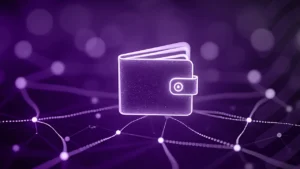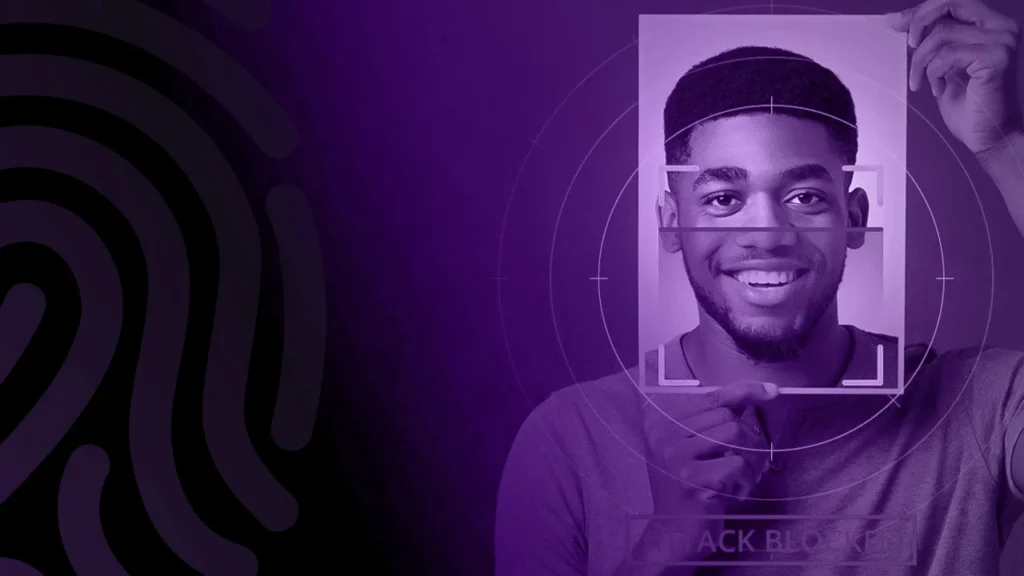Introduction: The Rise of Spoofing in a Remote World
As digital onboarding becomes the new norm in banking, fintech, insurance, and government services, identity verification systems face growing threats from spoofing attacks attempts to trick verification software using fake photos, videos, or masks.
This is where advanced liveness detection becomes crucial.
By ensuring that the person being verified is physically present and alive, not just a static image or pre-recorded video, businesses can strengthen fraud prevention, maintain regulatory compliance, and build user trust.
In this article, we explore how liveness detection software works, what types of spoofing attacks it can prevent, and why it’s essential for any organization dealing with remote identity verification.
What Are Spoofing Attacks?
Spoofing in the identity verification context refers to the manipulation of facial biometric systems using:
- High-resolution printed photos
- Deepfake or synthetic video footage
- 3D face masks or mannequins
- Pre-recorded videos are played on a screen
- AI-generated face replicas
These techniques aim to bypass facial recognition by faking a person’s presence during onboarding, KYC, or access authentication.
Spoofing isn’t just a theoretical threat — it’s increasingly used by fraudsters to open fake bank accounts, apply for loans, access healthcare services, and exploit crypto platforms.
What is Liveness Detection?
Liveness detection refers to the process of verifying that a biometric sample (such as a face) is being captured from a live person who is physically present at the moment of verification, and not a spoofed or artificial source.
There are two main types of liveness detection:
Passive Liveness Detection
- No action required from the user
- Analyzes video frames in real-time using AI
- Detects anomalies like lighting inconsistencies, screen glare, or unnatural blinking
- Seamless user experience
Active Liveness Detection
- Requires the user to perform a task (e.g., blink, smile, turn head)
- Verifies responsiveness and motion consistency
- Higher security, but slightly more intrusive
Both types can be used depending on risk level, user experience goals, and industry regulations.
How Liveness Detection Software Stops Spoofing
Modern liveness detection software uses AI and computer vision to analyze visual data and detect telltale signs of spoofing:
| Spoofing Method | How Liveness Detection Blocks It |
| Static image | Detects lack of depth, texture, and motion |
| Deepfake video | Identifies inconsistencies in facial motion or light reflection |
| 3D mask | Spot unnatural materials, lack of micro-expressions |
| Screen replay | Recognizes screen artifacts, glare, or pixel inconsistencies |
By running in real-time during onboarding or login, liveness checks ensure that biometric data is collected only from a live human, significantly reducing fraud risk.
Why Liveness Checks Matter for Businesses
Whether you’re a fintech startup, an eKYC provider, or a digital bank, implementing a liveness check is a smart and increasingly necessary move.
1. Prevent Identity Fraud
Liveness detection prevents bad actors from impersonating real users, protecting your platform and customer data.
2. Enhance Regulatory Compliance
Liveness checks are increasingly recommended (and in some cases, required) by global compliance bodies like FATF, GDPR, and local financial regulators for digital onboarding.
3. Improve User Trust
A secure and seamless onboarding experience builds confidence in your platform. Users are more likely to engage when they feel protected.
4. Reduce Manual Review Costs
Automated liveness detection reduces the need for time-consuming human intervention during the identity verification process.
Real-World Use Case: Digital Bank Prevents Onboarding Fraud
A digital banking platform in the Middle East integrated AI-based liveness detection software into its customer onboarding flow. Within the first 90 days:
- Spoofing attack attempts dropped by 87%
- False positive rates in facial recognition were reduced
- Manual review costs fell by 40%
- Customer satisfaction scores improved due to faster onboarding
Choosing the Right Liveness Detection Software
When evaluating a liveness detection solution, consider:
Compliance Readiness — Does it align with ISO/IEC 30107-3 standards?
AI Accuracy — How well does it detect real vs. fake in edge cases?
User Experience — Passive vs. active? Mobile-ready? Seamless?
Speed & Scalability — Can it handle real-time checks for thousands of users?
Data Privacy — Is it GDPR- and CCPA-compliant with secure data handling?
Learn more about enterprise-grade liveness detection tools that fight spoofing effectively here.
Conclusion: Face the Future Securely
As digital transformation accelerates, so do the threats targeting online identity systems. Relying on facial recognition alone is no longer enough. To truly protect your platform and your users, liveness detection software is essential.
By performing real-time liveness checks, you ensure that every verified identity belongs to a real, live person and not a manipulated screen, photo, or AI-generated face.






